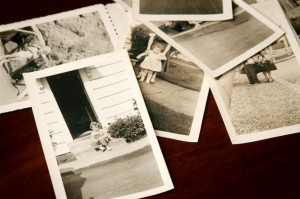Storytelling is not what I do for a living – it is how I do all that I do while I am living.
Donald Davis
Desiree at 5 years old was a hoot. I was a pistol. So much energy and so inquisitive. And so cute! I am sure my parents and teachers may have a different story. They may tell a story of stubbornness and tantrums.
Desiree at 15 years old was…angry. I was surly and intense. Needing something more, but unable to articulate my needs and desire. So I just tapped into the anger and my loathing for all around me-lovely. My mother the saint probably saw a different story, a more compassionate story of a teenager finding her way and a sense of her self.
Desiree at 25 was married and a new mom. I was confused and excited and hopeful about what the future would bring. My then husband probably saw an overwhelmed new mother trying to balance family and career and never feeling satisfied with either.
I changed. I evolved.
The change was good and nourishing. The change was painful and hard. The change was beautiful and chaotic. And lets be honest at times it was plain ugly.
And as I evolved my story evolved, it became richer and deeper. More complex and more authentic.
Storytelling is the most powerful way of putting ideas into the world. Not only the stories I told others but the stories I told myself about who I was and who I would become and what I valued.
You see where I am going.
So I ask you…
- What are the stories you are telling about yourself? What are the stories you tell your donors or the communities you serve?
- Are the stories you tell about your organization or the communities you work with evolving, have they become richer and deeper with time?
- Are the images and messages you communicate growing, and changing? Are these messages speaking your current truth, reflecting fully your current realty?
- What are the values shinning through your stories? What ideas are you putting into the world?
When storytelling is done right it is skillful and authentic, it can be used as a powerful leadership tool. It can be used to achieve a variety of purposes, including sparking action, communicating who you are, transmitting your brand, sharing knowledge, getting collaboration, transmitting values, taming the grapevine or leading people into the future.
The more closely aligned your storytelling is to your culture, truth and reality and the communities you serve, the more powerful your stories become to the listener.The more contrived or manufactured stories tend to be, the more they generate anti-stories, provoking cynicism, mistrust and ridicule and ultimately the lost of confidence in your organization.
Organizations and the communities they work with are dynamic entities. No donor, no volunteer, no board member expects it to be the same organization it was 5-10-15 years ago. They expect growth and evolution because its the only you can meet the current needs and tackle relevant issues. As we change as people and organizations, our stories and the stories we tell the world need to change with us.
These stories must tell who we are as well as who we want to become.

